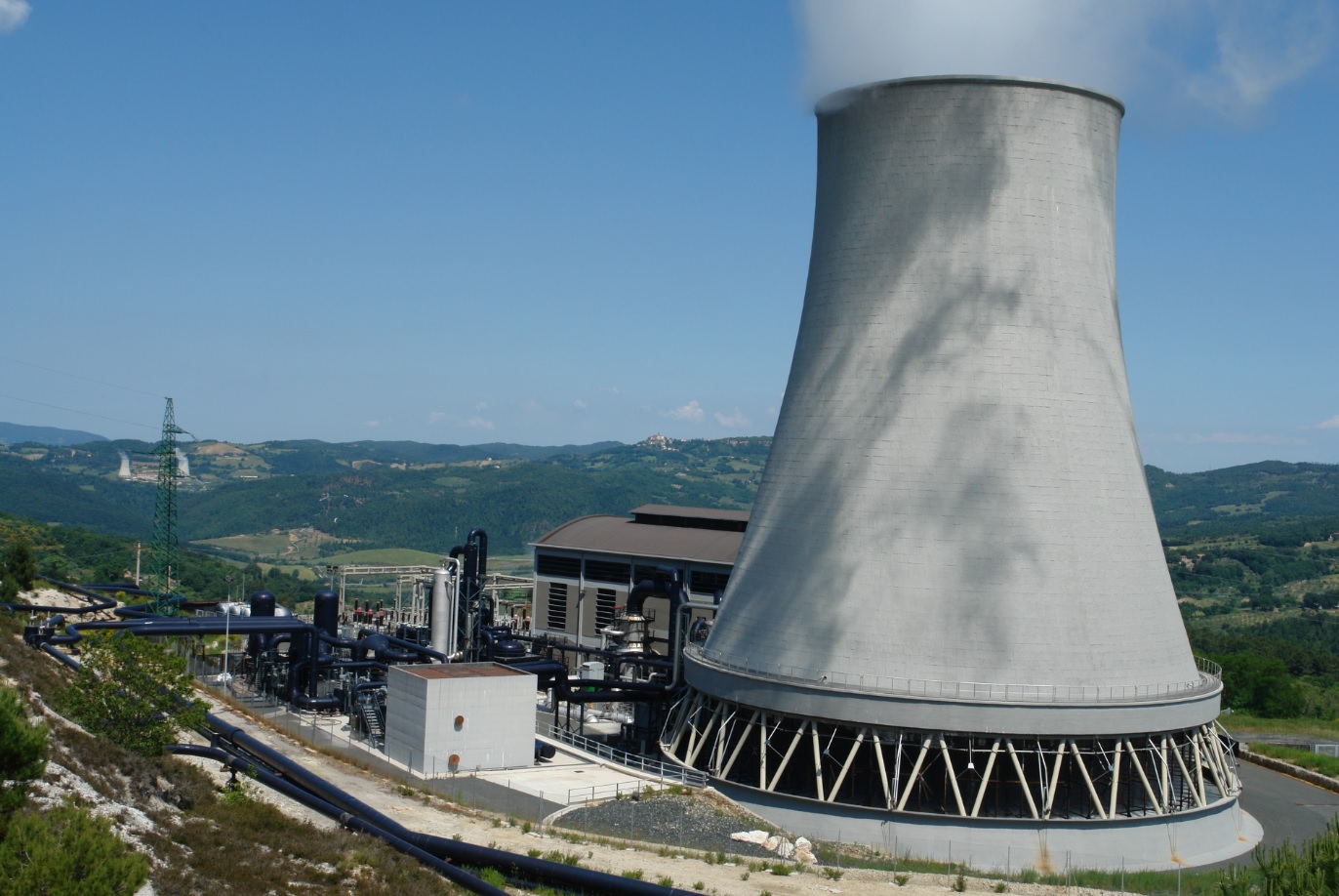New Zealand’s Coalition Government has announced an allocation of up to $60 million from the Regional Infrastructure Fund to investigate supercritical geothermal technology (SCGT), a high-potential energy solution that could significantly increase the nation’s renewable energy output. Regional Development Minister Shane Jones and Science, Innovation, and Technology Minister Judith Collins emphasized that this ambitious initiative could not only secure New Zealand’s future energy needs but also position the country as a leader in cutting-edge geothermal energy.
“New Zealand’s energy security is essential to economic stability and to fostering business confidence,” said Minister Jones. He explained that SCGT involves tapping into geothermal energy sourced from ultra-deep rock heated by magma. Traditional geothermal wells reach depths of around 3.5km, but SCGT may require drilling down to 6km, where significantly higher temperatures are expected to generate three times more energy than conventional geothermal methods. “This could be a game-changer for New Zealand, with international implications, as other countries also face energy challenges and look to diversify their renewable resources,” he added.
The first stage of the initiative includes a $5 million investment for preliminary design and cost analysis, targeting the Taupō Volcanic Zone, an area with ideal geothermal characteristics due to its shallow magma sources and unusually thin crust. Initial funding will support exploratory research, with GNS Science and the Ministry of Business, Innovation & Employment (MBIE) leading the project. This initial phase includes plans to drill three deep wells to assess the viability of supercritical technology, with extensive collaboration with local iwi and hapū to identify community and cultural opportunities for involvement.
Minister Collins acknowledged the technical complexities of the project, calling it “globally groundbreaking” and highlighting its potential environmental benefits. “We’ll need to ensure that the engineering technology required for SCGT can be developed before committing additional funding beyond the initial $5 million,” she explained. “If successful, SCGT would provide a major reduction in greenhouse gas emissions, helping New Zealand lessen its reliance on fossil fuels like gas and coal.”
The potential of SCGT comes as New Zealand increasingly faces energy challenges. Currently, about 60% of the nation’s energy is hydroelectric, but dry winters can strain this resource. Developing supercritical geothermal energy could provide a reliable alternative that doesn’t depend on weather conditions. With SCGT, New Zealand could meet growing energy demands with a cleaner, more consistent renewable energy source.
The government anticipates that by the end of 2025, a decision could be made to start drilling the first SCGT well, with hopes for deployment of the technology between 2035 and 2040. “This is a long-term proposition, but the potential payback is enormous,” said Minister Collins. “New Zealand is known for its innovative approach to problem-solving, and if we succeed, the economic and environmental benefits could be transformational for generations to come.”
The research is part of a wider renewable energy strategy that aligns with New Zealand’s goal to reduce greenhouse gas emissions and enhance energy independence. By developing a reliable geothermal source, the government hopes to set an example for renewable energy innovation and resilience, with benefits expected to extend beyond New Zealand’s borders as other countries seek effective solutions to the global energy crisis.











